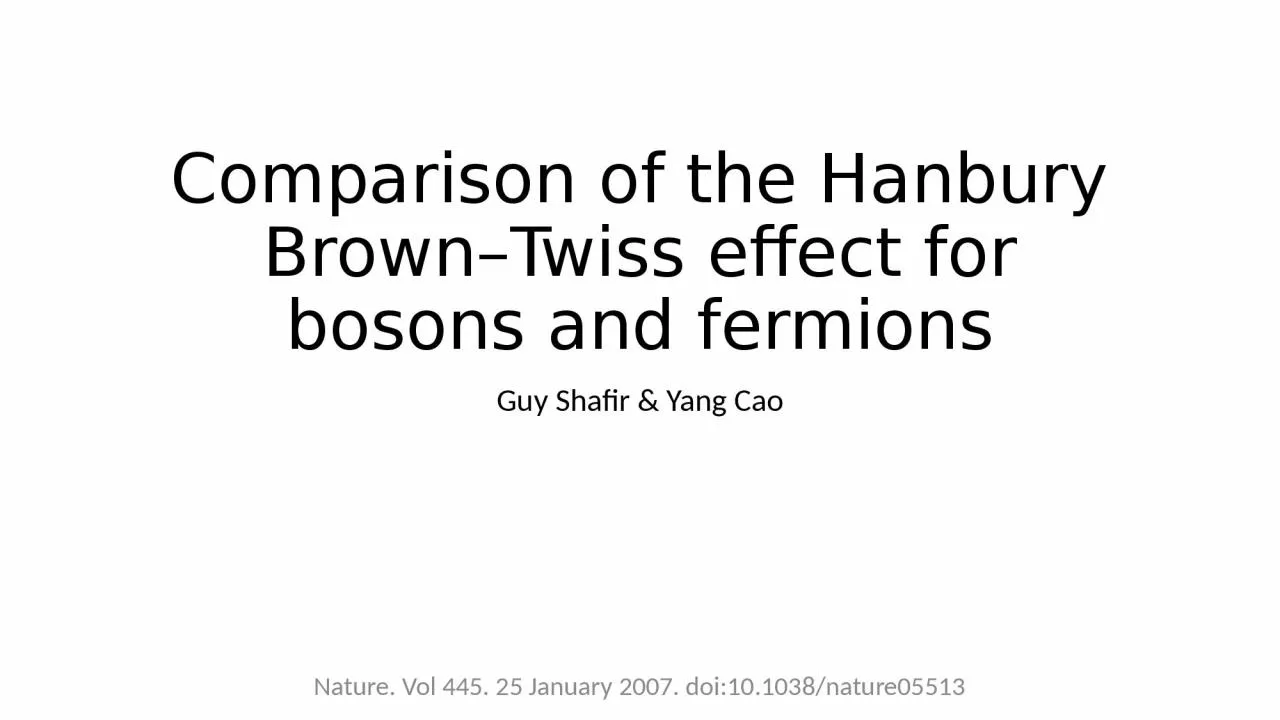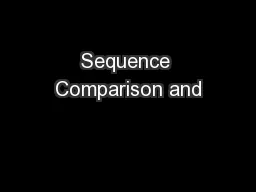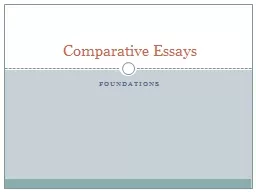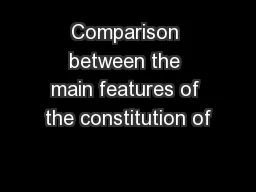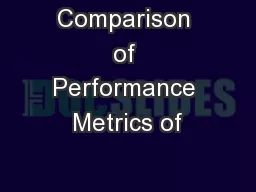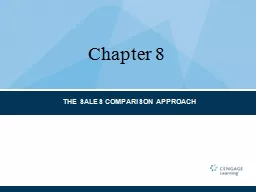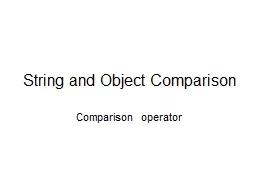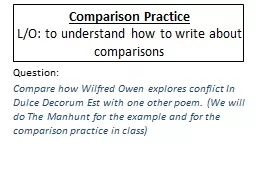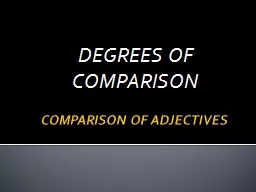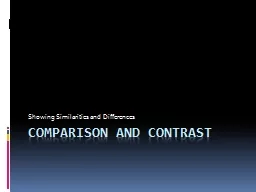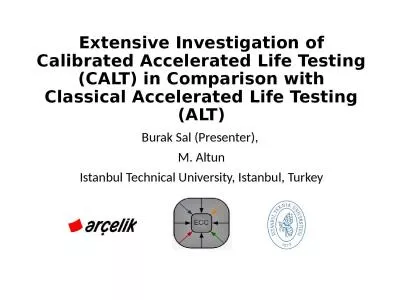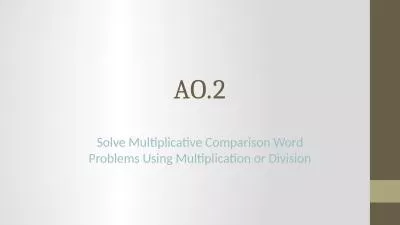PPT-Comparison of the Hanbury
Author : walsh | Published Date : 2023-11-08
BrownTwiss effect for bosons and fermions Guy Shafir amp Yang Cao Nature Vol 445 25 January 2007 doi101038nature05513 Hanbury BrownTwiss effect λ κ i j Measure
Presentation Embed Code
Download Presentation
Download Presentation The PPT/PDF document "Comparison of the Hanbury" is the property of its rightful owner. Permission is granted to download and print the materials on this website for personal, non-commercial use only, and to display it on your personal computer provided you do not modify the materials and that you retain all copyright notices contained in the materials. By downloading content from our website, you accept the terms of this agreement.
Comparison of the Hanbury: Transcript
Download Rules Of Document
"Comparison of the Hanbury"The content belongs to its owner. You may download and print it for personal use, without modification, and keep all copyright notices. By downloading, you agree to these terms.
Related Documents

